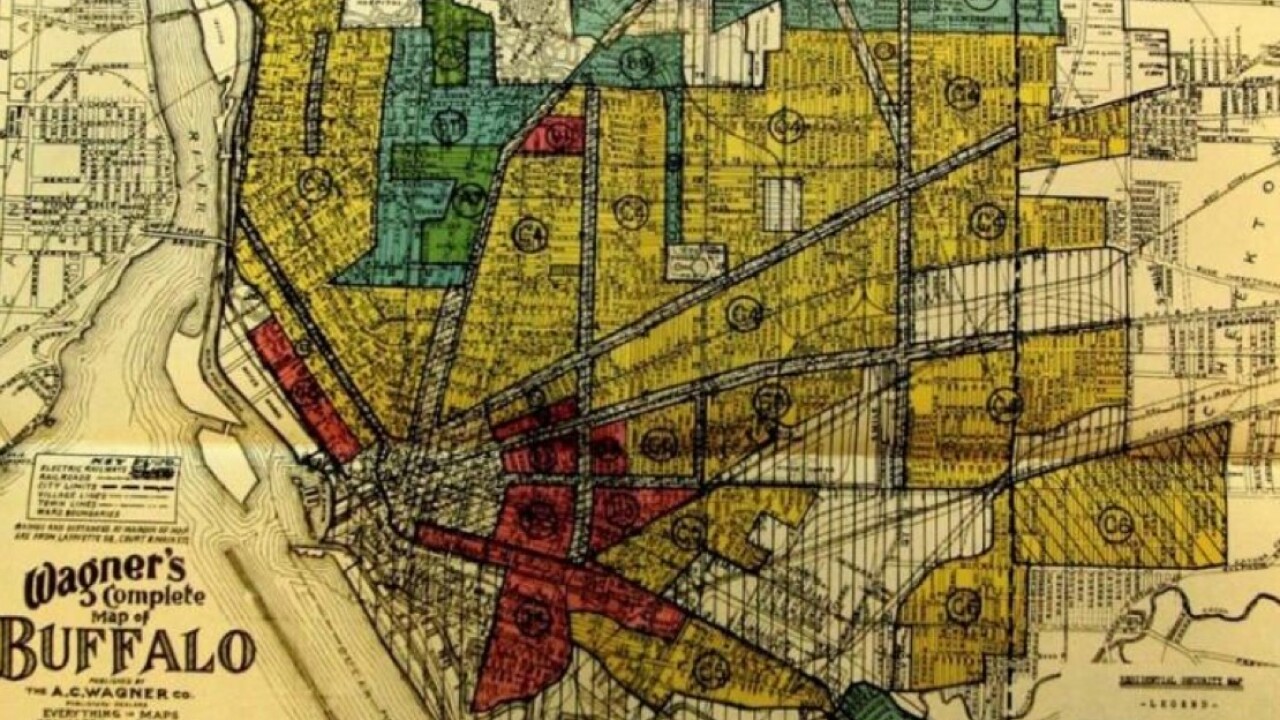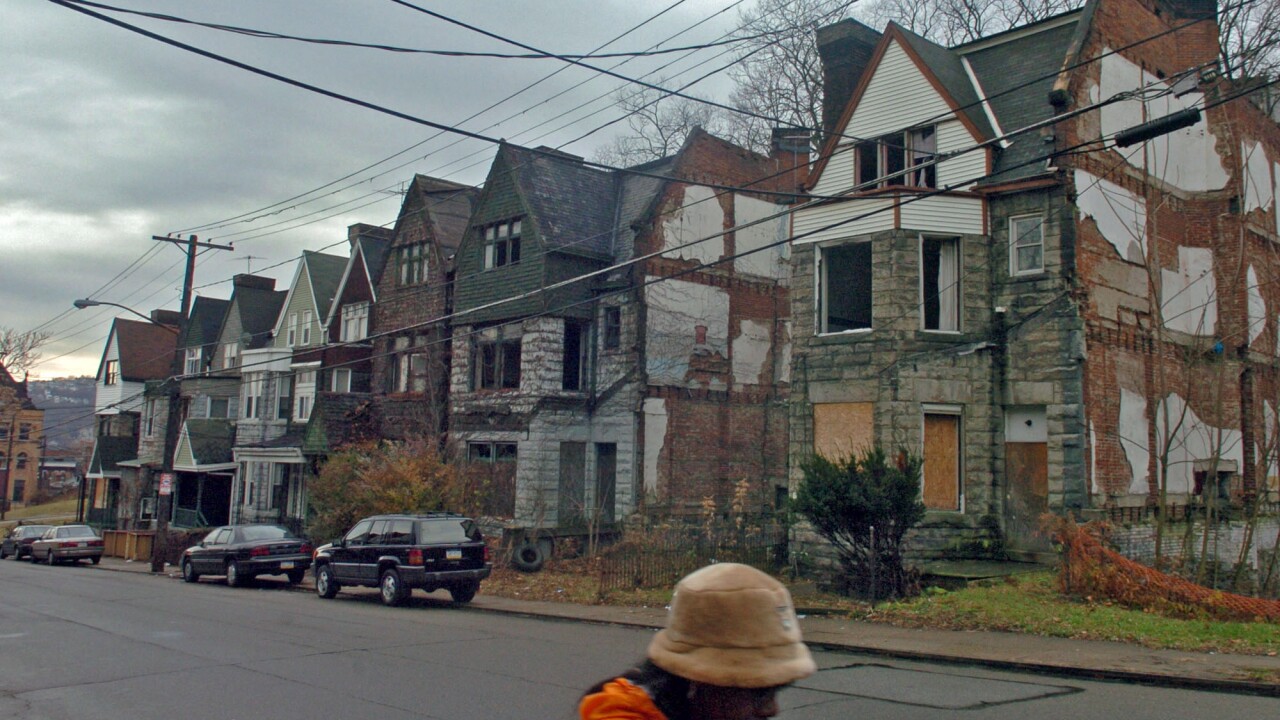-
Financial literacy advocate John Hope Bryant has joined with a Los Angeles-based developer in an effort to raise up to $300 million from banks to preserve and construct low-income housing around the country.
November 3 -
The fund is designed to generate a financial return, as well as Community Reinvestment Act credit, for TD. Its inaugural investment is in a mixed-use project that will include 49 affordable housing units.
October 3 -
A group of Democratic Senators led by Elizabeth Warren, D-Mass., urged regulators to keep the 2023 Community Reinvestment Act overhaul, saying the rule was carefully crafted with bipartisan input.
September 16 -
Bank industry advocates, housing groups and CRA veterans say the rule is overly complexity and burdensome, but even they agree pre-approving CRA-eligible activities was a good idea.
August 25 -
The Federal Reserve, Federal Deposit Insurance Corp. and Office of the Comptroller of the Currency proposed a rule that would revert the anti-discrimination framework to its 1995 standards.
July 16 -
New Jersey state lawmakers have introduced a state-level Community Reinvestment Act that would include online lenders and credit unions — who are exempt from the federal law — in its scope.
July 9 -
Months after OceanFirst Financial settled federal redlining allegations, it received the highest possible Community Reinvestment Act rating from the Office of the Comptroller of the Currency. CEO Christopher Maher said the bank made a "significant effort" to introduce its lending products to markets it had recently entered via acquisition.
May 20 -
The Federal Reserve, the Federal Deposit Insurance Corp. and the Office of the Comptroller of the Currency say they will move to rescind a 2023 reform to the Community Reinvestment Act, citing litigation concerns about the rule.
March 28 -
With plans to open 100 banking centers in "banking deserts," the $3 trillion JPMorgan Chase is arguably the nation's largest community bank. Other big banks should take notice and follow suit, and regulators should encourage them.
November 11 K.H. Thomas Associates
K.H. Thomas Associates -
Sen. Elizabeth Warren, D-Mass., and Rep. Maxine Waters, D-Calif., said in a letter to the American Bankers Association and the Chamber of Commerce that the banking industry gets a "free pass" in Community Reinvestment Act examinations.
September 16 -
The industry-led legal challenge to new anti-redlining rules is opposed by some banks and consumer protection groups, who say the changes are necessary.
August 20 -
Beneficial State Bank — which was joined by various civil rights groups — said in an amicus brief that the regulatory reforms are much-needed and that banking groups' legal challenge to the Community Reinvestment Act rules should be dismissed.
August 9 -
The change, which goes into effect April 1, delays when certain banks would have to change their assessment areas until 2026.
March 22 -
Top banking regulators reaffirmed their commitment to bolstering the Community Reinvestment Act despite a court challenge, emphasizing their personal dedication to seeing the rule implemented.
March 5 -
The Consumer Financial Protection Bureau released a report last week examining state CRA laws that have a more expansive scope and are more tightly integrated in the state licensing process.
November 6 -
Heads of the three major bank regulatory agencies made their case for why the recently finalized framework implementing the Community Reinvestment Act is not all bad for the banks subjected to it.
November 6 -
The final Community Reinvestment Act rule notably expands the definition of "large" banks to include banks with at least $2 billion of assets, requiring more banks to comply with the updated rules. That expanded scope is a feature, not a bug.
October 24 American Banker
American Banker -
After years of discussion among regulators, the Federal Reserve Board has approved changes to its CRA rules that will base compliance exams on where lending occurs rather than branch locations. The updates — set to take effect in January 2026 — also emphasize lending in lower-income areas as well as community development loans and investments.
October 24 -
Banking regulators have been debating how to reform the implementing regulations for the Community Reinvestment Act across two presidential administrations. But despite banks' urging to slow down, regulators are poised to finish the job in early fall.
August 24 -
The American Bankers Association and Bank Policy Institute Tuesday urged bank regulators to delay the finalization of its Community Reinvestment Act rule, saying regulators have not calibrated the rule to account for upcoming capital changes or considered whether courts will find the Consumer Financial Protection Bureau's funding structure constitutional.
August 22















